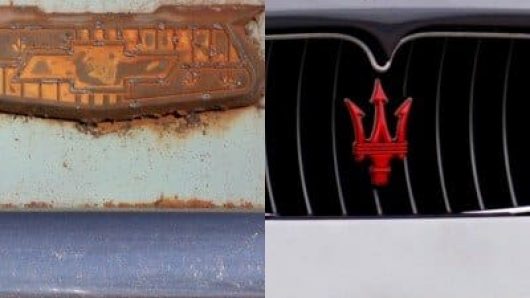Your PPC campaigns don’t exist in a vacuum. Your website’s ability to convert relevant traffic to sales or leads is critical to the success of not just your PPC campaigns, but your entire digital presence.
PPC campaigns are designed to drive the best possible conversion-ready traffic to specific landing pages. But those landing pages exist outside the ad campaigns’ influence.
Think of a landing page as a car, and a PPC campaign as the oil the engine uses. Do you use the basic oil (a simple campaign setup); a high-performance type (segmented campaigns but few ad groups); or a premium top-tier oil brand (segmented campaigns following your website groups with tightly themed ad groups and targeted ad copy)?
Let’s say you have a premium PPC campaign. Would you put that premium oil in a run-down, beat-up old Chevy with no paint and a broken windshield? Of course not. Then why would you point your premium, high-performance PPC campaign to a website straight out of the mid-90s, with no clear headline or call to action, and no quickly digestible information for the visitor?
To make matters worse, you’re up against competitors with souped-up, new Maseratis – engaging websites designed to convert at a high rate and drive maximum sales.
Along comes a consumer who Googles something highly relevant to your business. They’re ready to buy. Your ad shows up in the top position, and your competitor’s ad second. The consumer clicks your ad and lands on your banged-up Chevy of a website. What do you think happens?
You just lost that sale.
The searcher took one look at your page and bounced off your site without a second thought. They clicked on the next ad, landed on that beautiful Maserati of a site, and converted quickly.
And the same thing happens, day after day: sending qualified traffic that bounces out immediately. Your landing page is driving your PPC campaign’s traffic off a cliff.
It does not matter that your ad was at the top of the page. And it does not matter how effectively your PPC campaigns targeted that person who searched for what you offer them. Your ads are directing traffic as best they can, but they can’t control the destination experience.
The picture is pretty bleak, but you can fix it. It doesn’t take a Fortune 500 budget to design quality landing pages. Certainly, more budget for landing page optimization helps, but on some level it just comes down to aesthetics. That said, there’s plenty of quick fixes to tweak the performance of your website.
First and foremost, a strong headline that tells visitors they are in the right place to find what they are looking for.
When writing content, include valuable and unique information that lets the consumer know you’re an expert, and they’ve landed on a trustworthy page. If you’re a reseller, don’t just copy the text off the manufacturer’s site. Rewrite it so it’s unique. You certainly don’t want to throw a wall of text at them, but being able to convey a sense of expertise through the aesthetics and content of your landing page goes a long way in showing the consumer they’ve found what they’re looking for.
It helps to have a reasonable depth to your website. You don’t want a never-ending rabbit hole, but you also want more than one page. Organizing your content with easy-to-use dropdown menus and filters give consumers a sense of smooth operation when browsing your pages. This directly influences how long they stick around, and whether they convert.
While depth is important, the first impression of your website should be designed to deliver key information immediately. This first impression of your website, what consumers see before they scroll, is known as everything “above the fold.”
A call-to-action is crucial. If you manage an ecommerce site, include a “Buy Now” button. Those looking to generate leads should make a form prominent above the fold to request quotes or solicit contact information. Include your phone number at the top of the page for those who want to pick up the phone and call you. Plus, the presence of visible business information helps reinforce the trustworthiness of your site.
If the page doesn’t have space available for these elements, there’s already a problem. Clutter is hard to identify, but dangerous when it precludes more important details.
The importance of a clean and efficient technical backend can’t be overstated. One of the leading causes of traffic bouncing off your site is a long load time. A study by Google has shown that 53% of mobile site visitors will leave a page that takes longer than three seconds to load.
Lastly, securing your site with the HTTPS protocol is critical to consumers’ first impressions. Most mainstream web browsers will alert the consumer when they land on an unsecured page. When the first impression of a website is the web browser saying “This site is a bad idea,” you’re going to have a tough time keeping people on the page.
All these optimizations exist not only to increase the performance of your PPC campaigns, but also to develop your footprint in many other digital spheres. Once you have a strong conversion rate, your PPC campaigns – and possibly all your digital channels – will deliver more conversions and create stronger brand recognition throughout the industry.




